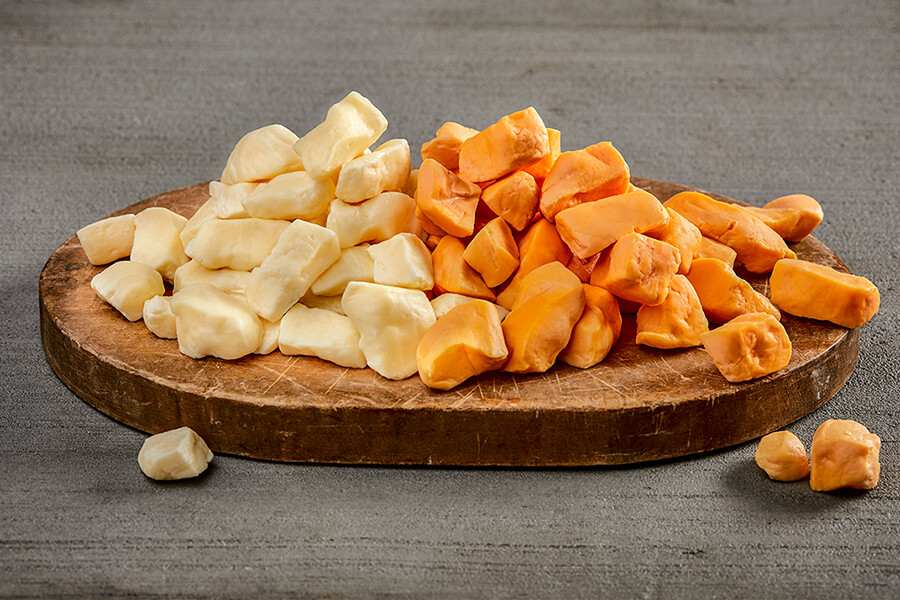Image Source: Google
Cheese curds are a beloved dairy treat that can be enjoyed on their own or as a versatile ingredient in a variety of dishes. Whether you're a cheese enthusiast or a curious foodie, this ultimate guide will take you on a journey from the farm to your table, exploring the history, production process, flavors, and culinary uses of the best fresh cheese curds.
The History of Cheese Curds
Cheese curds have a long and storied history that dates back to the origins of cheese making. Here are some key points about the history of cheese curds:
Origins
- Cheese curds are believed to have originated in the dairy-rich regions of Europe, where farmers first discovered the curdling process that gives cheese its unique texture.
- The process of making cheese curds involves separating the solids (curds) from the whey, which is a byproduct of the cheese making process.
Popularity
- Cheese curds have gained popularity in North America, particularly in regions like Wisconsin and Quebec, where they are a staple snack and ingredient in local cuisine.
- They are known for their squeaky texture and mild, milky flavor that sets them apart from other types of cheese.
The Production Process
The production of cheese curds is a delicate and precise process that requires skill and expertise. Here's an overview of how cheese curds are made:
Curdling
- First, milk is heated and acidified to encourage the proteins in the milk to coagulate and form curds.
- Once the curds have formed, they are cut into small pieces to release whey and further separate the solids.
Draining and Pressing
- The curds are then drained and pressed to remove excess moisture and shape them into the desired form.
- After pressing, the curds are formed into blocks or balls and allowed to cool and set.
Flavors and Varieties
Cheese curds come in a variety of flavors and varieties, each with its own unique characteristics and taste profiles. Here are some popular flavors and varieties of cheese curds:
Traditional
- Traditional cheese curds have a mild, milky flavor with a slightly salty undertone.
- They are known for their signature squeaky texture that is best enjoyed fresh.
Flavored
- Flavored cheese curds come in a variety of options, including herbs, spices, and seasonings that can enhance the flavor profile of the curds.
- Popular flavors include garlic, dill, and jalapeno, adding a unique twist to this classic dairy treat.
Culinary Uses
Cheese curds are a versatile ingredient that can be used in a variety of dishes, from classic poutine to creative salads and appetizers. Here are some popular culinary uses of cheese curds:
Poutine
- Poutine is a beloved Canadian dish made with french fries, gravy, and cheese curds.
- The hot gravy is poured over the crispy fries and squeaky curds, creating a rich and indulgent comfort food that is sure to satisfy any craving.
Salads
- Cheese curds can be a delicious addition to salads, adding a creamy texture and tangy flavor to fresh greens and vegetables.
- Try topping your favorite salad with crumbled cheese curds for a unique twist on a classic dish.
In Conclusion
From their humble beginnings on the farm to their place on your table, fresh cheese curds are a versatile and delicious dairy treat that is loved by people around the world. Whether you enjoy them on their own or as a key ingredient in your favorite dishes, cheese curds are sure to add a touch of creamy goodness to any meal.
